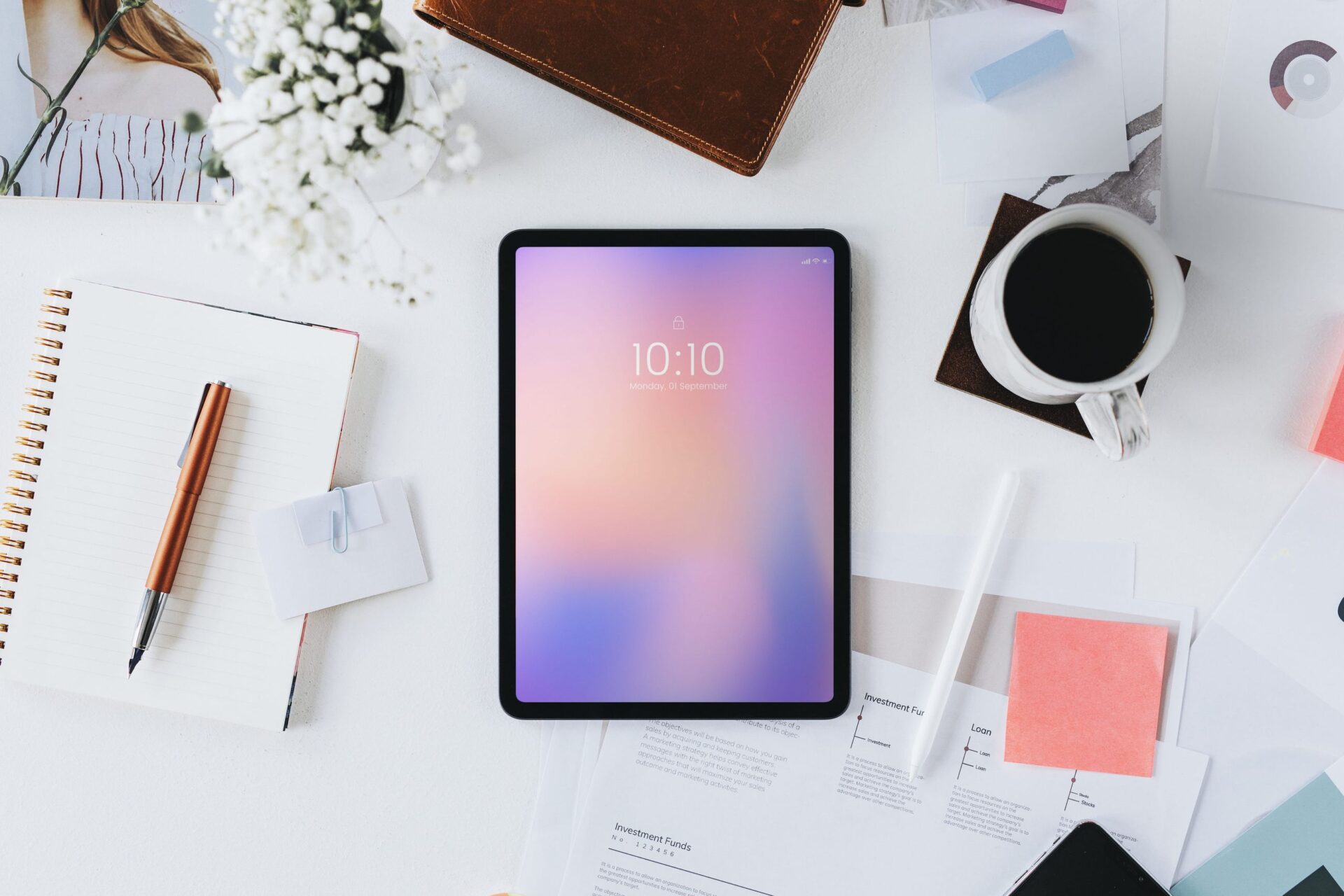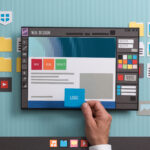12 tips for hiring the right UX Design partner

“Design is not just what it looks like and feels like. Design is how it works” – by Steve Jobs. Jobs got on the right track even before we started to think about it. Easy to see why Apple has created a fan-base which no other brand can reach out to. Your product today needs to stand-out with the user experience. Because we have come to an era where you are 279.64 times more likely to climb Mount Everest than click on a banner ad. Fortunately, in the current state of affairs, everyone has started to talk about UX Design partner. But, are you doing it the right way? Have you chosen the ideal team? If you are juggling these questions, then grab yourself a coffee and go through the pointers below.
1. Studio vs Agency! What’s in a name?
I bet you have never given this a thought. But, there is a difference in how entities perceive themselves or how they want themselves to be presented. Agencies handle creative, marketing and PR services for products whereas a studio creates products based on user research & product design. If you are looking for advertising your product, an agency would be the right choice for you. But if you want to build your product with a user-centered approach, UX design studio is your go-to-place. Very rarely would you see both these overlap very effectively? Most often than not you will find experts on either side of the function – Creative & Marketing / Creation & Product Design.
Eg: I need a creative banner vs I need a really well designed buying journey/flow for my e-commerce app.
2. Designers but great at Business & Technology
Business insights are useful to keep a healthy balance between user goals & business goals. An experienced team brings cultural and geographical knowledge to the table that really matters in the context of projects, outcomes and service delivery. It is not just enough for design teams to address user needs. Design teams must be able to marry business needs and technical constraints to maximize user outcomes & delight.
Eg: I need to launch this app but should we go with HYBRID design? Who are the users? What is our go-to market strategy? How does the business get impacted? Are the users on both platforms? Will the tech team push updates very often?
3. Design Trends – Are they really relevant?
Design has the power to make or break a business. You might be looking for designs which are familiar or in vogue just because some big company or startup has done it. In simpler words, something “SAFE”. At times while going with the herd we forget, the trendy UX design will fade as quickly as they appeared. And, you might be left with something that may not truly work for your users and business
Real, contextual designs meeting your business goals and delighting your users are going to create the magic. And, that is when you commence leading the trend.
Eg: Do you really need an app? Where do our mobile users access these features? Browser perhaps?
4. Where is the ROI?
Any change made, smaller or bigger finally comes down to this question. How are you making a profit here? How do you measure results from design thinking? Strategic UX design partner can impact your business objective in the correct way. There is a reason why giants like Google, Dyson, BMW, Amazon are investing millions of dollar in user experience.
Design-led companies have outperformed the stock market multiple times over to the companies that are not design led. Read more here
Design can drive ROI in following 7 ways
- Influence Buy & Emotion
- Create & Enter new markets
- Build brand & repute
- Enable Product & Service Innovation
- Create IP
- Increased Customer Satisfaction
- Save Cost and Drive Speed.
Check out a talk given in detail on this topic here

5. Is the design leadership available?
Design is an iterative process. And, it works best when the designer has continual communication with product owners, stakeholders and decision makers. A lot of times the founder/design director/principal gives the pitch and floors the customer. Once the project starts they are virtually impossible to reach. I am not saying they should the do the project or be on it 100% of the time but surely you need to ask how accessible are they if the need arises.
6. Access to Clients – Big, Small & Diverse.
By virtue of being business, everyone is going to have some names & logos as Clients. It is more important how & what the studio delivered to the customer. Doing a landing page for a fortune 500 vs driving a product for 2 years for a thriving startup. You know what matters. Look deep into how consistently the design team has delivered across clients (startups, product companies, fortune 500 companies, consulting firms etc) and across verticals (finance, consumer, healthcare, education, tech etc) & devices (web, mobile, IOT, wearables etc).
Ask for client references you can talk to. Not just canned testimonials!
7. Project Management, Communication Process & Tools.
A few questions now would save a lot of troubles later. Ask them if they have worked with clients in different geographical locations? Would they be comfortable in attending workshops in your city? Great teams rely on structured and unstructured communication for brilliant outcomes. Project management is equally important as design itself. Right from sharing assets & progress to resolving design differences. It is important to see that the design team is using licensed software & tools to deliver great quality work. Ask about escalation matrix and how design differences are resolved. This would speak volumes about the design team you are going to engage.
8. Awards & True Recognition won by the UX design partner
Awards and recognition surely are a way to judge UX design partner. But be very careful. Today, unfortunately, there are a lot of media houses that disguise paid/subscribed awards and do injustice to the deserving ones. There are a great bunch of genuine media houses, design fraternity conferences, design panels doing phenomenal work in recognizing design talent and bringing them to spotlight.
9. Long-term partners vs short term vendors
Now it completely depends on you, if you are looking for a long-term partnership or want to hire short-term vendors. Where long-term partnerships have strategic outlook and commitments with the company. Vendors are usually interested in finishing the project as quickly as possible. Design is an iterative process & is much deeper than it seems. The design team committed to delivering success or just looking to bill you by the hour. A good way to measure it would be to talk about the goals vs no of screens.
10. Quality of the team vs 1-2 UX design partner
A general thumb rule is if their hiring process is stringent and training is obsessed over then the UX design partner is as good as the newest member on the ground. Look for specialists vs generalist mix in the project team that is assigned to you. You do not want to be dependent on 1 individual for the entire project.
11. Is the UX design partner ethical
Work with teams that put ethics ABOVE everything else. There are 100’s of cases of copied work, re-used work, cutting corners, privacy invasion, frauds, cheating etc. You don’t want to be dealing with those. In this area don’t even work with anything GREY. It’s either white or black. Great design cannot happen on the foundation of deceit, unlawfulness or morally corrupt individuals.
12. Do they serve good coffee?
Every successful partnership starts with a cup of coffee. And, especially when it comes to design thinking, coffee plays a vital role in building innovation. So, once you are done with your research and references, do judge their coffee before signing the deal. Good luck with your design journey ahead.



